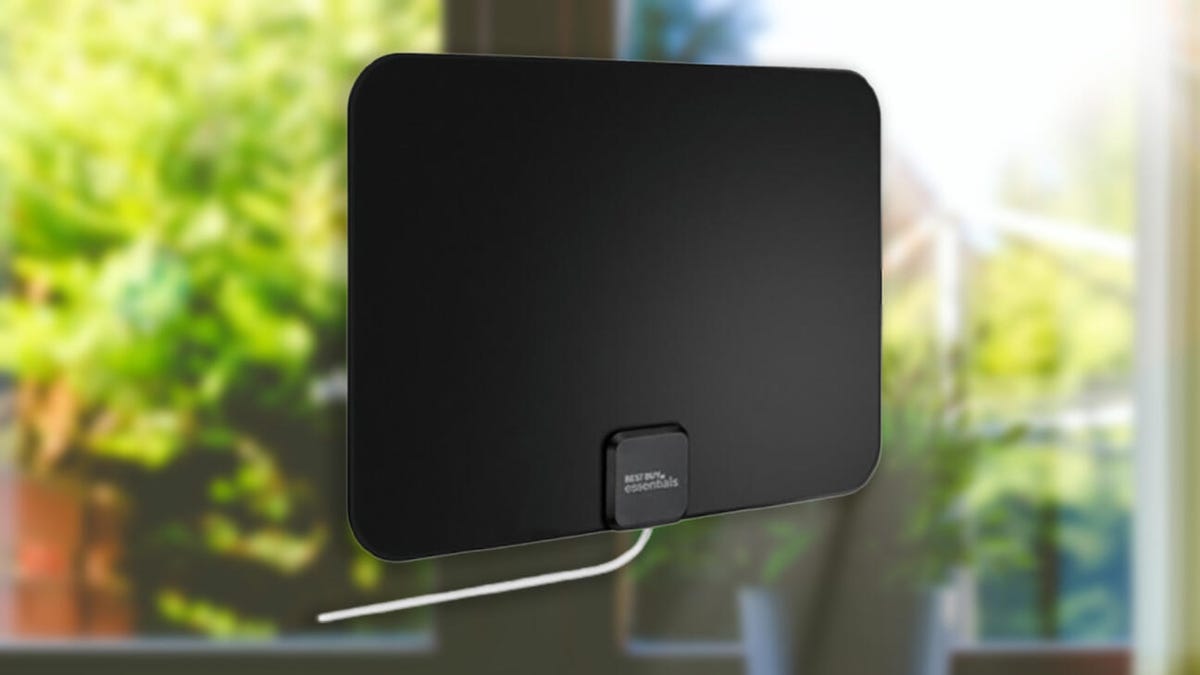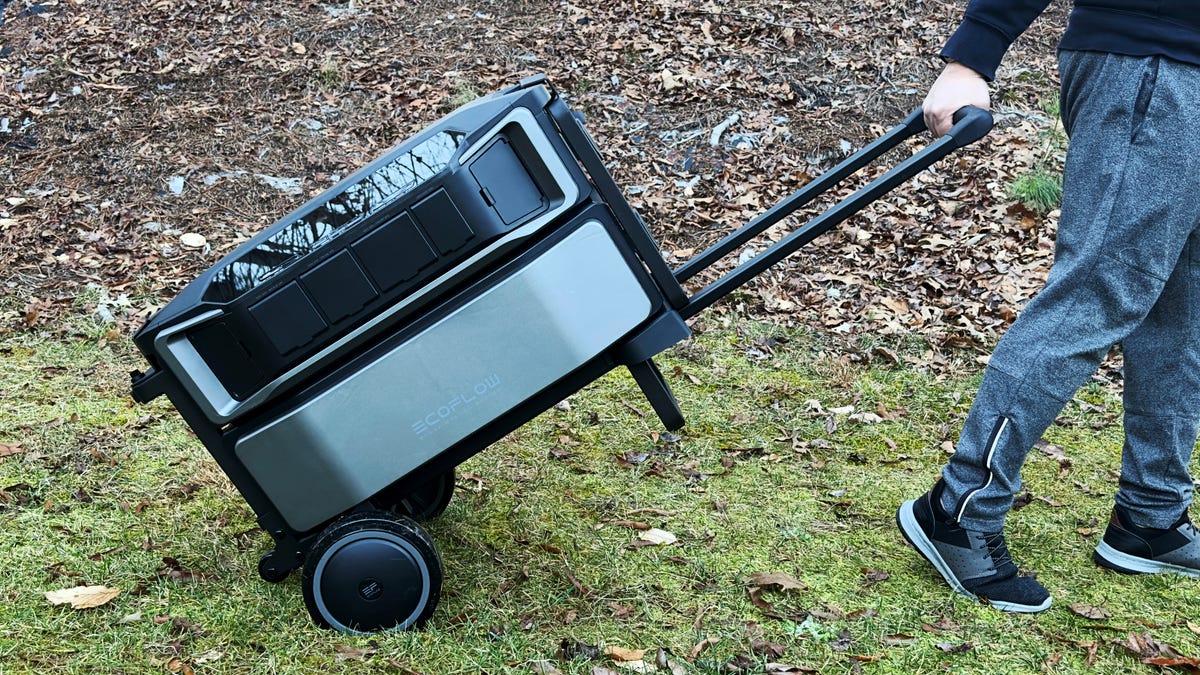BOOK THIS SPACE FOR AD
ARTICLE ADA booster rocket developed by Elon Musk's SpaceX for its next-generation Starship spacecraft burst into flames during a ground-test firing on Monday in Texas, dealing a likely setback to Musk's aim of launching Starship to orbit later this year.
"Yeah, actually not good. Team is assessing damage," Musk tweeted after the early evening explosion of the Super Heavy Booster 7 prototype, as seen in a livestream recorded by the website NASA Spaceflight. There was no immediate indication of injuries.
It was not clear what caused the explosion, which engulfed the base of the rocket in a ball of flames and heavy smoke and appeared to shake the video camera, though the booster remained standing upright, bolted to test gantry afterward.
The failure occurred in the midst of a dayslong static fire test campaign in Boca Chica, Texas, of the booster, which is equipped with an array of 33 Raptor engines for use in an upcoming uncrewed orbital test flight SpaceX was hoping to conduct later this year.
SpaceX's complete Starship, which will stand 394 feet (120 meters) tall when mated with its super-heavy first-stage booster, is the company's next-generation launch vehicle at the centre of Musk's ambitions to make human space travel more affordable and routine.
SpaceX did not respond to a Reuters request for comment when asked about Monday's blast.
The US Federal Aviation Administration (FAA) also did not respond when asked if it would investigate the explosion.
In late 2020 and early 2021, SpaceX lost four prototypes of the Starship itself in a series of high-altitude test launches in which the return landing attempts ended in explosions. The Starship prototype finally nailed a safe touchdown in May 2021.
.png)
 2 years ago
63
2 years ago
63 














 Bengali (Bangladesh) ·
Bengali (Bangladesh) ·  English (United States) ·
English (United States) ·